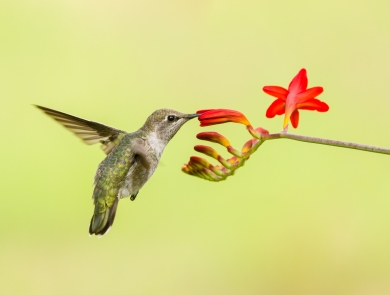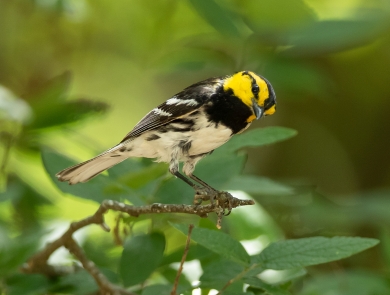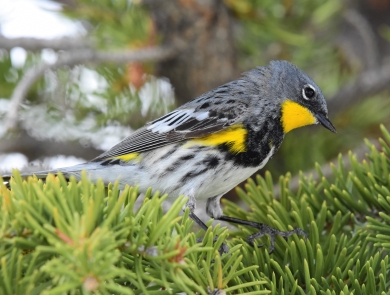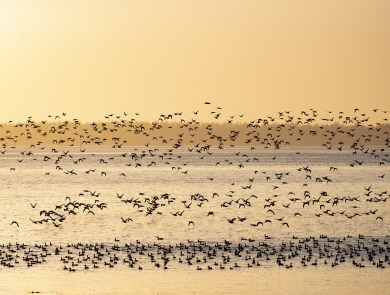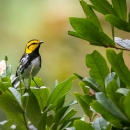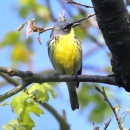What We Do
Our Services
The Neotropical Migratory Bird Conservation Act (NMBCA) provides critical resources for conservation and research to address migratory bird population needs throughout their life cycles. It is the only source of federal funding solely dedicated to the conservation of migratory birds shared throughout the Western Hemisphere, protecting millions of acres of diverse habitat across the Americas while building powerful alliances along the way.
The NMBCA grant program funds projects on an annual cycle. Each year, a panel of Service staff and outside experts review eligible project proposals and make recommendations for funding to the FWS Director. The Director approves the projects for funding on behalf of the Secretary of the Department of the Interior. An Advisory Group convened by the Secretary of the Interior then makes policy recommendations to the program.
Our Projects and Initiatives
Since 2002, the NMBCA has provided more than $94.2 million in grants to support 747 projects in 43 countries. These projects have positively affected more than 6 million acres of bird habitat and spurred partnerships on multiple levels contributing an additional $363 million. The networks that have developed as a result of NMBCA funding have evolved into powerful conservation alliances.
Projects funded through NMBCA help prevent species from being listed as threatened or endangered under the Endangered Species Act, with priority given to more imperiled species listed on the Service’s Birds of Conservation Concern 2021 report.
Our Laws and Regulations
(P.L. 106-247) The Neotropical Migratory Bird Conservation Act (NMBCA) established the Neotropical Migratory Bird Conservation Fund to provide competitive, matching grants to projects that benefit neotropical birds across their life cycle. The authorization of appropriations is $6.5 million per year through 2028, with 3% or $100,000, whichever is greater, allocated for administration. The non-federal matching contribution requirement is 2 to 1. The law encourages habitat protection, education, researching, monitoring, and capacity building to provide for the long-term protection of neotropical migratory birds.




